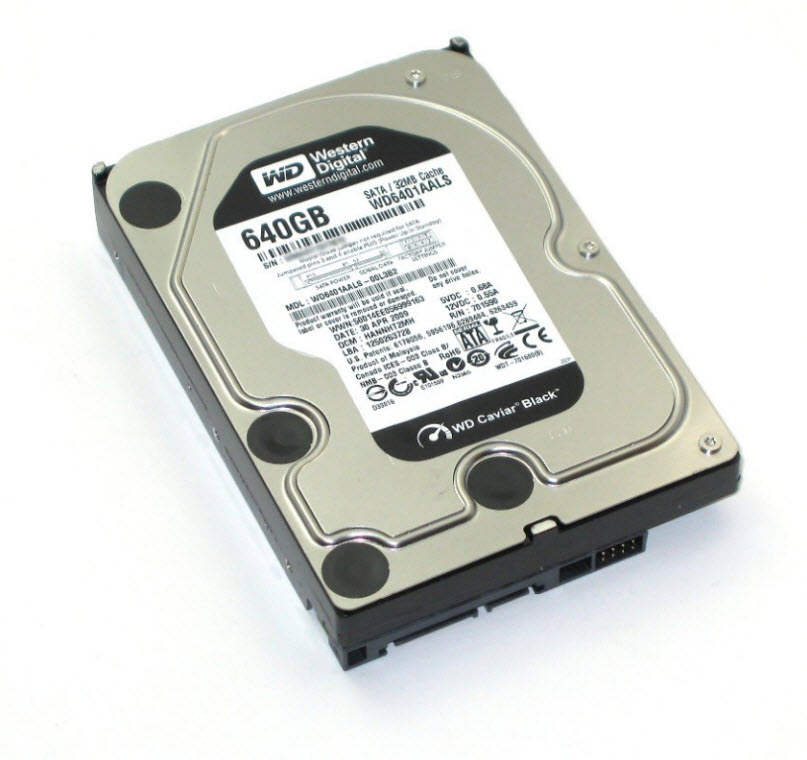Part 4: Building A Balanced Gaming PC
What does it mean to build a truly-balanced PC? How great would it be to piece together a machine bottlenecked by neither CPU or GPU? We set forth to measure the perfect balance in seven different games and four resolutions in this fourth of many parts.
Memory, Hard Drive, Power Supply, Coolers
The following components are outside the scope of comparison here, but still very important to the results we're generating. We don’t want to limit our system with too little memory, a slow hard drive, a flaky power supply, or high temperatures. So, we’ve gathered an assortment of complementary hardware to help address our needs throughout this series.
Special thanks to Corsair, Western Digital, and Xigmatek for arranging the hardware needed to make this entire series possible.
Memory
Corsair Dominator TR3X6G1600C8D
This 6 GB triple-channel kit of Corsair Dominator memory is rated for DDR3-1600 and CL 8-8-8-24 timings at 1.65 V. Corsair backs these modules with a lifetime warranty and uses DHX (Dual-path Heat Xchange) technology to keep them cool.
We’ll be utilizing either two or three sticks of this high-performance memory in each DDR3 platform tested, depending on whether the setup in question employs a dual- or triple-channel controller.
Corsair Dominator TWIN2X4096-8500C5DF
Get Tom's Hardware's best news and in-depth reviews, straight to your inbox.
For our DDR2 platforms, we’ll use a 4 GB dual-channel kit of Corsair Dominator, rated at DDR2-1066 and CL 5-5-5-15 2T timings at 2.1 V. This kit is also cooled by DHX technology and backed by Corsair’s lifetime warranty.
Hard Drive
Western Digital Caviar Black WD6401AALS
The Western Digital Caviar Black 640 GB hard drive offers gamers a good blend of capacity, performance, and affordability.
This 7,200 RPM, SATA 3Gb/s drive has dual processors, 32 MB cache, and is backed by a five year warranty.
Bear in mind that using an SSD instead of a mechanical drive like this one will almost certainly improve level load times, but it's less likely to affect your actual in-game performance.
Power Supply
Corsair CMPSU-850HX 850 W
The right combination of motherboard, processor, memory, and graphics cards means little without a quality power supply unit capable of providing reliable, clean voltage to our components.
Considering the overclocking desires and multi-GPU configurations that you'll see later in the series, we chose an 850 W unit from Corsair. The modular Corsair CMPSU-850HX has a single 70 A, +12 V rail, six 6+2 pin PCIe power connectors, a seven year warranty, 80 PLUS efficiency certification, and a 140 mm temperature-controlled fan.
Coolers
Xigmatek HDT-S1283 & Dark Knight-S1283V
We're utilizing Xigmatek’s HDT-S1283 to cool our Socket AM3 and 775 processors, and the LGA 1366-compatible Dark Knight-S1283V to keep the Core i7-920 running cool.
On both heatsinks, Xigmatek uses its HDT (Heatpipe Direct Touch) system for thermal transfer and a PWM-controlled 120 mm fan, with rubber mounts, for quiet operation.
Cooler Master Hyper 212 Plus
We didn’t have a LGA 1156-compatible bracket kit on-hand for the Dark Knight, so we switched over to the Cooler Master Hyper 212 Plus for testing the Intel Core i5-750.
The Hyper 212 Plus features a similar design as the Xigmatek coolers above, featuring four direct-contact copper heat pipes, aluminum fins, and a 120 mm PWM controlled fan.
Current page: Memory, Hard Drive, Power Supply, Coolers
Prev Page Motherboards Next Page Pricing, Methodology, And A Sample Chart-
wildeast "such as NVidia’s GeForce GTX 400-series and revamp the benchmark suite with some new DirectX 11 titles."Reply
i'll be waiting for that, and maybe some i5 cpu to see what fit sli best -
jsowoc "We set forth to measure the perfect balance in seven different games and four resolutions in this third of many parts." (?)Reply
I think you copied this paragraph from part 3 and forgot to change it to 4... ;-) -
theshonen8899 With the amount of love you guys have for the Athlon x3 I was really hoping to see it on here :\Reply
I guess I can kind of predict where it'd fall though. -
L0tus Brilliant piece.Reply
I wish I had read this before building my system as I can see that I clearly spent too much on my CPU instead of GPU (i5-750 + HD5770) . Would have done much better with (X2 550 BE + HD5850) !
...ain't hind sight a b***h!
Also interesting to see how GPUs really start to distinguish themselves at higher resolutions. Again, brilliant work. -
TheStealthyOne I built a computer for my brother using a Phenom ii 550 paired with a 5770, and it screams! Fantastic gaming chip! It just goes to show you can achieve fantastic performance by planning and balance.Reply -
garlik_bread Personally, i'd be interested to see results from a card with less han 1GB RAM on the GPU.Reply
On the lower end of the spectrum, with the lower resolutions, is the 1GB really necessary?
Basically, i have a 512MB Asus 5770 and want to validate my purchase :D -
plasmastorm Still running a Maximus formula 775 board with a Q6600, 8gb ram and a Radeon 5850 but this is certainly handy for future reference.Reply
Probably skipping the i5/i7 generation as I can still play anything at max settings on my 22" monitor while running a 2nd for a film tho :) -
descendency plasmastormStill running a Maximus formula 775 board with a Q6600, 8gb ram and a Radeon 5850 but this is certainly handy for future reference.Probably skipping the i5/i7 generation as I can still play anything at max settings on my 22" monitor while running a 2nd for a film thoReply
i5/i7 isn't a generation. it's like 5 or so.
It's the same thing as C2D and C2Q





